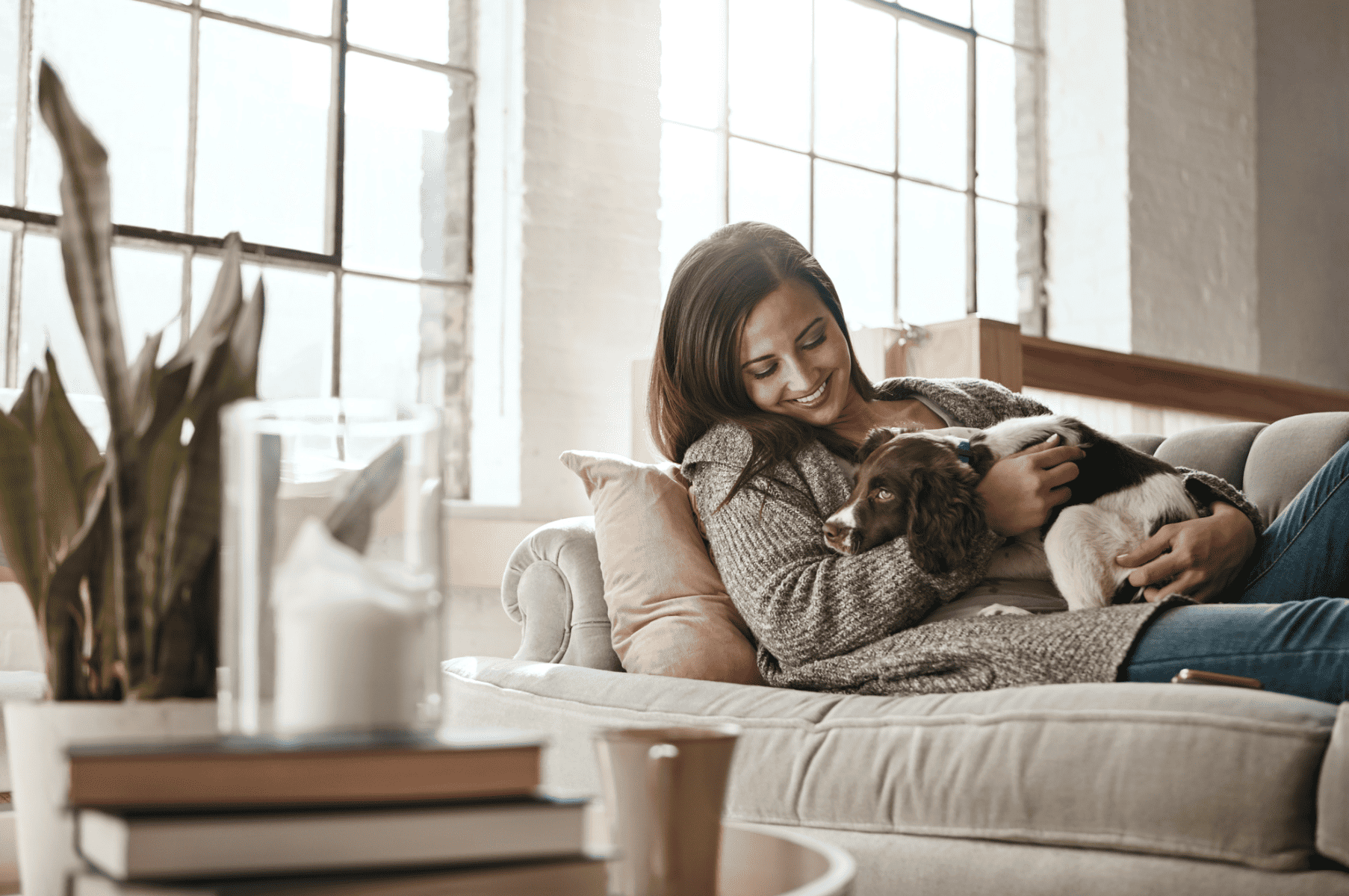Pets are man’s best friend. They provide companionship, loyalty, and unconditional love. They can also help with children’s emotional health and social skills. However, if you’re planning to bring a new pet home, it’s necessary to prepare for its arrival.
While you might be eager to bring home the newest family member, your pet may not share the same excitement. Moving into a new environment is often stressful for a pet. Thus, it’s essential to plan and make arrangements to ensure your new pet feels welcome and comfortable in their new home.
Here are five tips to help you get started on your preparations.
- Pet-Proof Your Home
Before bringing home your first pet, you’ll need to pet-proof your house first. After some time, your new pet will naturally become curious and eager to explore their new surroundings. They may venture into different areas of your home and come across dangerous objects, so it’s essential to prevent potential accidents or contact with hazardous items.
Consider the specific type of pet you’re bringing home when pet-proofing your house. For example, rabbits often chew on cords so all electrical cords within their reach should be hidden. Cats, on the other hand, love to scratch on surfaces, so getting them a scratch post and covering furniture items they may scratch should be on your list. Doing some research is also helpful. If it’s your first time with dogs, look for resources on how to puppy-proof your house, like those you can find at openinsurance.com and similar sources.
Here are additional tips to help you create a safe and enriching environment for your new pet:
Pet-proofing the kitchen:
- Store all medications on high shelves or lockable cabinets
- Install child-proof latches on low cabinets
- Keep your food in containers with tightly closed lids
- Install pet gates to prevent access to the kitchen
- Store kitchen waste in pet-safe trash containers
Pet-proofing the living room:
- Remove or cover cables and keep them out of reach
- Ensure the houseplants you have indoors are safe for pets
- Use a baby gate or fireplace screen to prevent access to the fireplace, if you have one
- Remove fragile items from tables
Pet-proofing the bedroom:
- Keep your drawers and closets closed
- Ensure personal items like belts, loose socks, or purses are out of reach
- Don’t use toxic mothballs
These measures will help keep your new pet safe as they explore their new home while also protecting your valuable items against unnecessary damage.
- Complete All Basic Pet Supplies
To ensure your new pet has everything they’ll need, gather all the necessary supplies prior to their arrival. Here’s a list of items you can include:
- At least week’s worth of pet food
- Food and water bowls
- Pet toys
- A cozy pet bed with blankets
- Pee pads/training pads or litter box
- Health supplements
- Collar and leash
- Cage or crate
- Bathing supplies such as soap and towels
You can check with a veterinarian to ensure you have all the supplies. Additionally, it’s essential to plan the following:
- Establishing a designated spot for their potty time, where you’ll place their training pads or litter box.
- Deciding where the pet will spend its time during the day. Options may include a pet-proof room shared with you.
- Determining their sleeping arrangements at night. They can sleep on their pet bed or a crate in the living room, bedroom, or kitchen.
Addressing these aspects can facilitate a smooth transition for your dog and create positive early experiences that contribute to a healthier long-term relationship. Remember, a successful initial encounter can set the tone for a lifelong friendship.
- Prepare And Involve Your Family Members
Bringing a new pet into your home not only means taking on responsibility for the pet itself but also considering the impact on the entire family, especially if you have children at home. Thus, to ensure a smooth transition for your pet, it’s essential to get everyone in the household ready for their arrival.
Each one should understand their role in helping the new pet settle in quickly. This may include adopting a consistent positive reinforcement, gentle approach, and establishing clear rules and boundaries to prevent the pet from getting frustrated, confused, or scared.
Here are the common tasks and activities you can delegate to family members to help them, and your new pet become more familiar with each other:
- Feeding times
- Training
- Exercise and playtime
- Grooming
- Litter removal and clean-up
- Administration of medication and supplements
- At-home care
- Veterinary care schedule
The transition process is smoother when your family members play a part in welcoming the new pet.
- Establish A Routine
Establishing a consistent schedule will help your new pet adjust and understand your daily routine faster. Pets thrive on consistency, so a routine they can anticipate will help them feel a strong sense of stability. Any disruptions, particularly in a new environment, may negatively affect their physical and mental wellbeing. When stressed, dogs may exhibit destructive behavior, while cats might develop urinary issues.
You can begin each day by going for walks or engaging in playtime. Then you can proceed to feeding and practicing potty training. Try to do these activities at the same time each day. By following a schedule, your pet will learn to anticipate meals, nap times, play sessions, and bathroom breaks, which in turn reduces anxiety that’s common among new pets.
- Consider Getting Another Pet
Having an extra buddy around can really help your new pet feel at ease in a new environment. Cats and puppies, in particular, thrive on play time and social interaction, which another furry friend can provide.
This is especially important if there’s nobody home during the day. Having two pets can offer each other much-needed companionship. They can have a blast playing together, keeping boredom at bay and preventing potential behavior issues.
Wrap Up
As you plan to bring a new pet home, it’s essential to make the necessary preparations to create a welcoming and comfortable environment for them. Remember to remain patient and give them the time to adjust. If you ever need more guidance on caring for your new pet, don’t hesitate to contact a veterinarian to learn more valuable advice and information.


